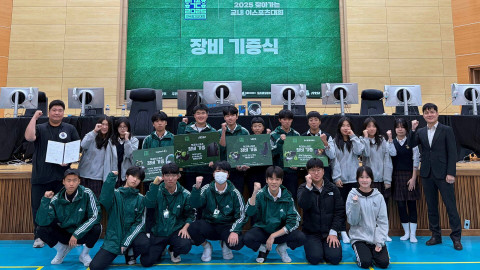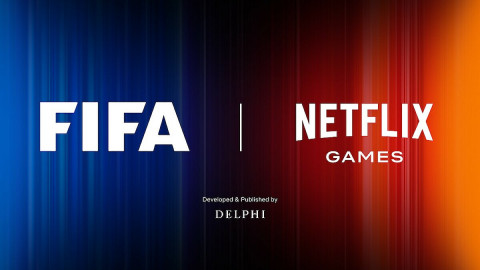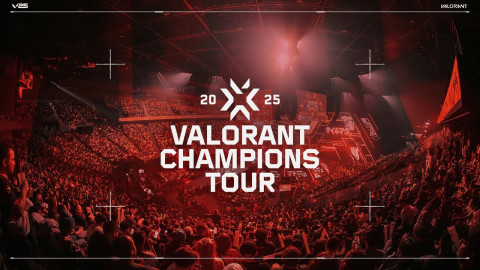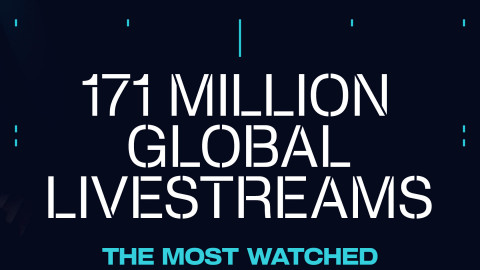
The Overwatch League has several decidedly underdog teams, but none entered the regular season so untested and disadvantaged as the Philadelphia Fusion. They were among the last to assemble their team, and soon after their roster reveal, one of Fusion’s main tanks, SADO, was suspended for the first 30 matches of the League.
A few days before pre-season, it was announced that the team could not compete because none of their players (or coaches) could enter the United States. They had no opportunity to showcase their talent or build a fan-base, and in fact, they had scarce time to practice before they took to the stage for the first time.
“We only had a few days of practice with Carpe, so we went in with some basic strategies…but [mostly relied] on people’s individual skill,” explained Fragi.

Their first opponents, the Houston Outlaws, were not so unfortunate. The roster is built on pre-existing synergy; VISA issues were the least of their concerns; and, they had amassed an impressive following from their stellar performance at pre-season.
When they graced the stage, the Outlaws were met with uproarious applause from fans in-person and at home. Most anticipated a close match between the two teams, but few predicted a Fusion victory.
“We didn’t exactly know what to expected from [the Outlaws] as a team, but from previous experience, we thought we have more individual talent in the roster, so it was very possible for us to win,” said Fragi.

In hindsight, underestimating the power of individual skill, especially so early in the season, seems foolish. Fusion boasts both ShaDowBurn and Carpe, a powerful DPS duo with pre-existing synergy from their time on FaZe. The former was long regarded as the best Genji in the game, and although Carpe’s Tracer and Widowmaker were once shamefully overlooked in the sea of talent the League offers, they are no longer.
Boombox is hailed for his aggressive Zenyatta play, and Fragi for his Reinhardt. But what no one could have counted on was the dominance of Poko’s D.Va. The French player was known to those most familiar with the pre-League European scene as a remarkable Zarya, but his mastery of D.Va and performance in the League overall was unprecedented.
Poko's self-destructs are notoriously accurate, setting the bar high for other D.Va players in the league.
Fusion took a hard-fought 3-2 victory over a shaky, incohesive Outlaws squad in week one, and their record since has been scattered. While their 4-0 loss to the London Spitfire in their second match was expected, Fusion’s subsequent narrow 2-1 victory over an underperforming San Francisco Shock showed fans a scrappier side of the team.
They then took a 3-2 loss to the Los Angeles Gladiators in week two before proving their mettle in week three; Fusion handed the New York Excelsior their first loss of the League. Their discipline and ultimate usage was superior, and when combined with a series of clutch plays from their DPS duo, Fusion was able to take Temple of Anubis, Dorado, and Lijiang Tower.
"I think we were better in ult economy, basically," said neptuNo after the match. "Mechanically they are not that ahead, so it was pretty close mechanically, and we [made] better decisions."
But for this team, uncertainty is their calling card. One day after their victory over the best in the League, they dropped two maps to the worst in the League, the Shanghai Dragons. There are factors to account for – Shanghai was playing better than usual, and Fusion had exchanged Poko and Boombox for HOTBA and Dayfly, respectively – but overall, their inability to close out maps like Junkertown when given ample time or to hold their own on control is cause for worry.
“In a week where we played New York and Shanghai, we put a lot more effort into preparing for NYXL because they are a stronger team. I think we underestimated Shanghai, and it won't happen again,” said Fusion’s analyst, Beezy, later adding that their inexperience as a unit caused them to struggle.
To mitigate the latter weakness, communication and coordination have been Fusion’s priorities in and out of practice. Unlike most teams, the roster is not founded on a pre-Overwatch League roster, and instead attempts to mesh a wide array of talent. The tryout process lasted nearly two months, said Fragi, and Western players were given a fair chance to prove their skills.
“A lot of the good main tanks who got left out of the League initially were involved, so I’m honored I was chosen from among them and will try my best to justify the selection,” he added.

Their full 12-man roster originates from nine unique countries. For the time being, Fusion has prioritized a predominantly European lineup to alleviate communication barriers, but intends to incorporate their Korean players as their English improves. They have one underage player, snillo, who will become available in March.
“After seeing the final lineup, I had some concerns with how the in-game calling and synergy within the team was going to work out, but we have already made a lot of progress regarding those areas,” said Fragi.
Tank coordination, which is so key to a team’s success, has been a primary focus. “I’d attribute our seemingly good coordination [in week one] mostly to Poko following my selfish plays and making it look like it was all planned,” joked Fragi.
Poko may be known for his flashy, high-value Self-Destructs, but he builds said ultimates through a particularly aggressive playstyle that meshes well with the quick tempo Fusion prefers. They can, of course, play slower and more defensively when necessary, as was the case with New York.
“Today I focused on pocketing Carpe and Shadow a lot more, so no D.Va bombs,” Poko wrote on Twitter following their victory over Excelsior.

Outside of practice, Fusion is one of the few teams living in a team house instead of apartments. Though the house provides less privacy than apartments, Fragi says the arrangement is a good fit for Fusion whose players “didn’t have much existing synergy.”
“I was initially a bit sketchy about all of us staying in the same house, but the living situation is pretty comfortable and the organization has made our life really easy here, so it’s very enjoyable,” he elaborated.
The Fusion team house is a sight to behold. The kitchen is expansive – “my god; a typical American kitchen,” said Poko upon first seeing it – and the backyard has both an in-ground pool and hot tub. It houses thirteen people with room to spare and is a short drive from the Blizzard Arena and practice facility. The focal point of the veritable mansion, however, is a foyer decorated in massive decals that proudly display Overwatch’s cast of characters in Philadelphia’s signature orange.

Looking to future stages, this squad is not one to underestimate. Many predict that the coming nerfs to Mercy’s Valkyrie and Junkrat’s concussion mines will usher in a new era of tri- and quad-tank compositions ably supported by Moira. Under those conditions, Fusion could be deadly.
“[Triple tank was] the tank-focused comp. our players were most comfortable with playing with the short amount of practice we had,” said Fragi when asked about his team’s use of a Reinhardt-Zarya-D.Va composition during opening week.
In Fragi, they have a world-class, hyper-aggressive Reinhardt who can build Earthshatters in mere seconds. In Poko, they have both an exceptional D.Va and a Zarya that many say rivals the likes of Zunba. And between ShaDowBurn and HOTBA, they have even more viable tank and off-tank options.
Take note of how quickly Fragi builds Earthshatter-- it's one of his signature strengths as a tank player.
“Everyone knows about SADO’s suspension, so that will hurt, but we have a lot of talented players who have deeper hero pools than the public might know,” said Beezy. If meta predictions hold true, then Fusion could be a force to be reckoned with.
For the remainder of stage one, Fusion will be a wild card of the League, capable of taking maps from the very best and giving maps to the very worst. Their individual skill is remarkable, but their teamplay must improve with each and every game if they intend to join the best in the playoffs.
This week, Fusion faces the Los Angeles Valiant and the Dallas Fuel, the current and former Western leaders, respectively. Both series should be close; that is, if the Fusion that shows up next week is the same Fusion that made Excelsior bleed.
All photos at Blizzard Arena taken by Robert Paul for Blizzard Entertainment and subsequently released by Blizzard for publication. Follow the team on Twitter @PHL_Fusion and, while you are there, check out @InvenGlobal for more esports coverage from around the world.
RELATED: Fusion ShaDowBurn on what makes the perfect Genji player.
Sort by:
Comments :0






